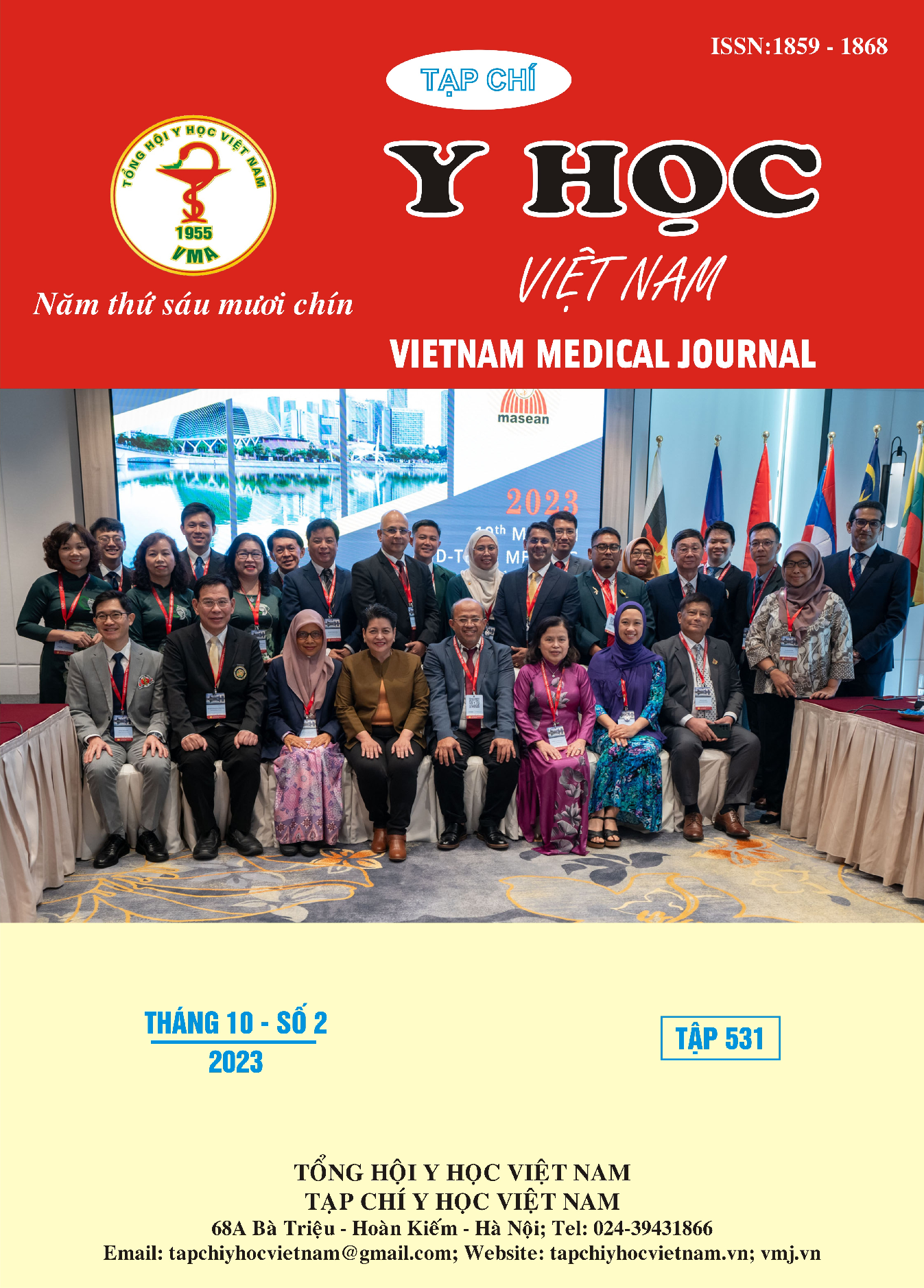CLINICAL OUTCOMES AFTER ENDOVASCULAR TREATMENT IN RUPTURED BASILAR TIP ANEURYSMS: CASE REPORT
Main Article Content
Abstract
Ruptured basilar tip aneurysms (BTA) may result in fatal subarachnoid hemorrhage (SAH) and mortality could be as high. Recent reports have shown that endovascular has become an important option for treating these aneurysms. However, there was no sufficient experience referring to the complications of ruptured BTA that were occluded incompletely. We report the case of a 65-year-old man presenting SAH due to ruptured BTA. The patient had multiple cerebral aneurysms and was intervened a dome of the BTA, which was the direct cause of the SAH. We used the helical coil AxiumTM and AxiumTM Prime to pack the aneurysm sac. A control angiogram demonstrated good placement of coils with incomplete occlusion of the aneurysm. Four days after treatment, the patient had a severe clinical deterioration, and a computed tomography showed image of rebleeding, vasospasm, ventricular dilatation and severe cerebral edema. The patient was treated with extraventricular drainage (EVD). Patient died on day seventh because of poor general condition: Deep coma, dilated pupils, hypotension, cardiac arrest. The purpose of this report is to discuss the risk factors, clinical signs and management of complications after endovascular treatment in ruptured BTA.
Article Details
Keywords
Ruptured basilar tip aneurysms, subarachnoid hemorrhage, coil, outcome
References
2. Rouanet C., Silva G. (2019). Aneurysmal subarachnoid hemorrhage: current concepts and updates. Arquivos de Neuro-Psiquiatria, 77: 806-814.
3. Awad A. J., Mascitelli J. R., Haroun R. R., et al. (2017). Endovascular management of fusiform aneurysms in the posterior circulation: the era of flow diversion. Neurosurg Focus, 42(6): E14.
4. Phùng Quốc Thái (2021). Nghiên cứu đặc điểm lâm sàng, hình ảnh và kết quả điều trị can thiệp mạch phình động mạch hệ sống - nền vỡ. Luận án tiến sĩ y học, Học viện Quân Y.
5. Menke J., Larsen J., Kallenberg K. (2011). Diagnosing cerebral aneurysms by computed tomographic angiography: meta-analysis. Ann Neurol, 69(4): 646-654.
6. Rabinstein A. A., Pichelmann M. A., Friedman J. A., et al. (2003). Symptomatic vasospasm and outcomes following aneurysmal subarachnoid hemorrhage: a comparison between surgical repair and endovascular coil occlusion. J Neurosurg, 98(2): 319-325.
7. Soustiel J. F., Shik V., Feinsod M. (2002). Basilar vasospasm following spontaneous and traumatic subarachnoid haemorrhage: clinical implications. Acta Neurochir (Wien), 44: 137-144.
8. Hayashi K., Ogawa Y., Fujimoto T., et al. (2021). Vasospasm and Hydrocephalus Following Subarachnoid Hemorrhage Are Less Frequent in Coil Embolization than in Clipping. Journal of Neuroendovascular Therapy, 15: 201-206.


